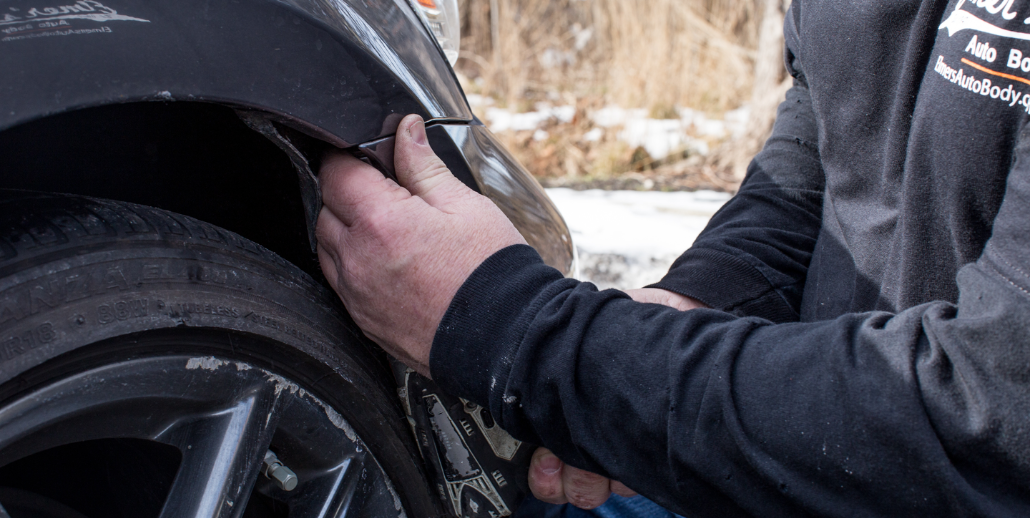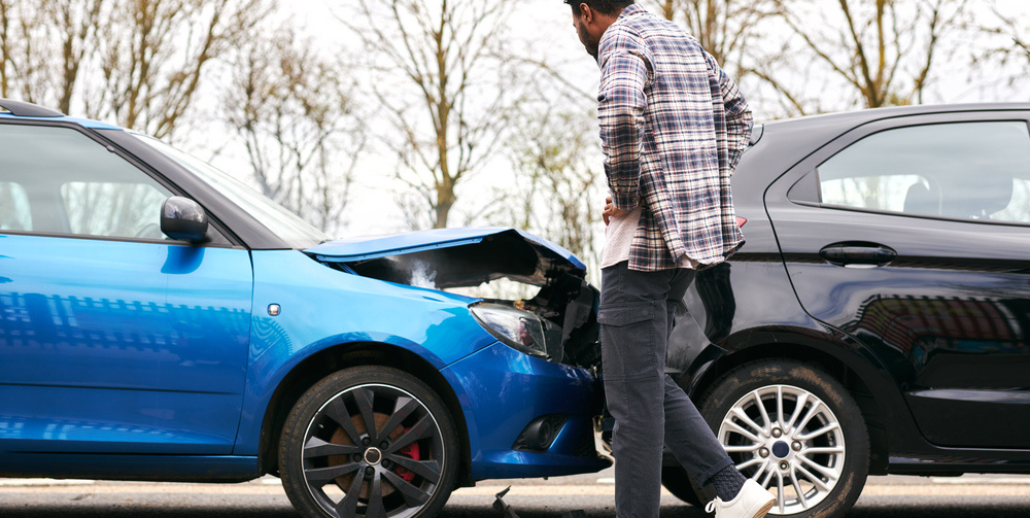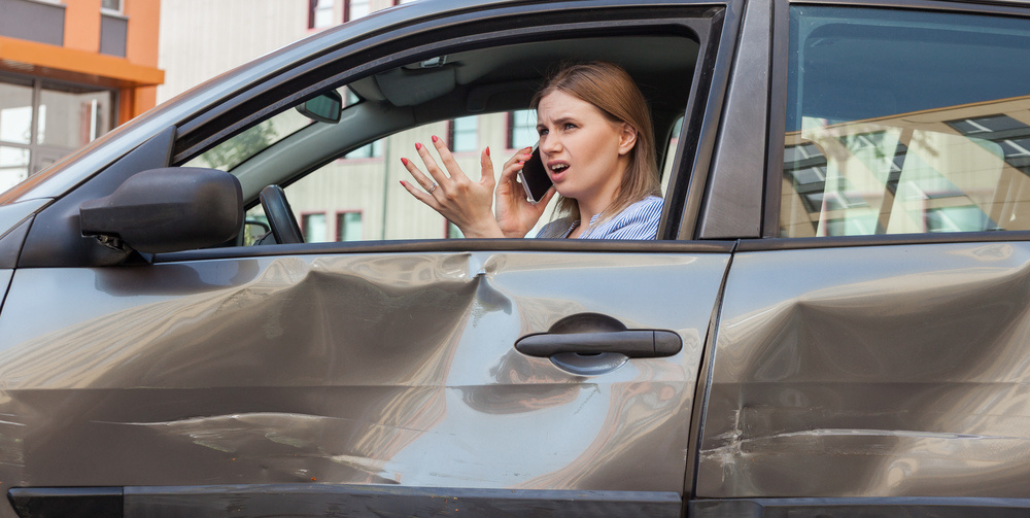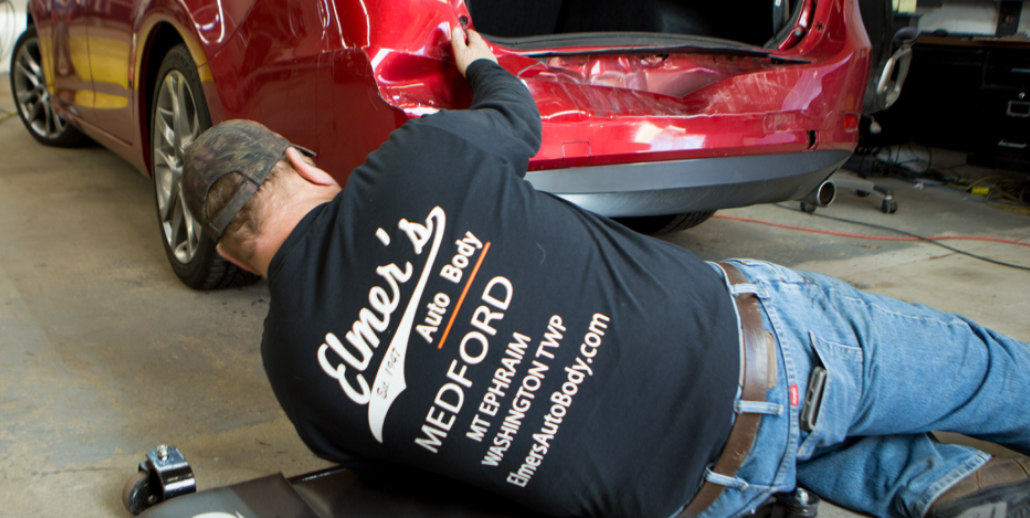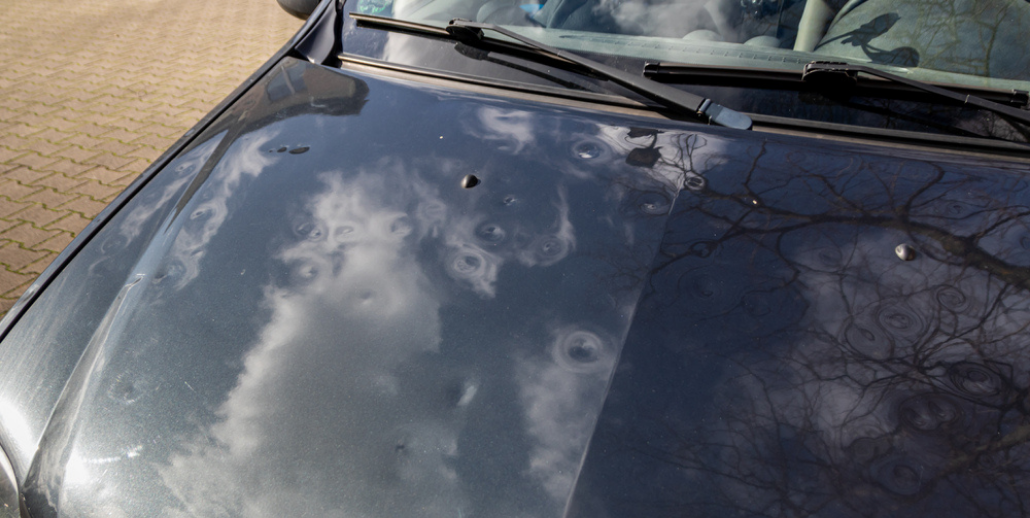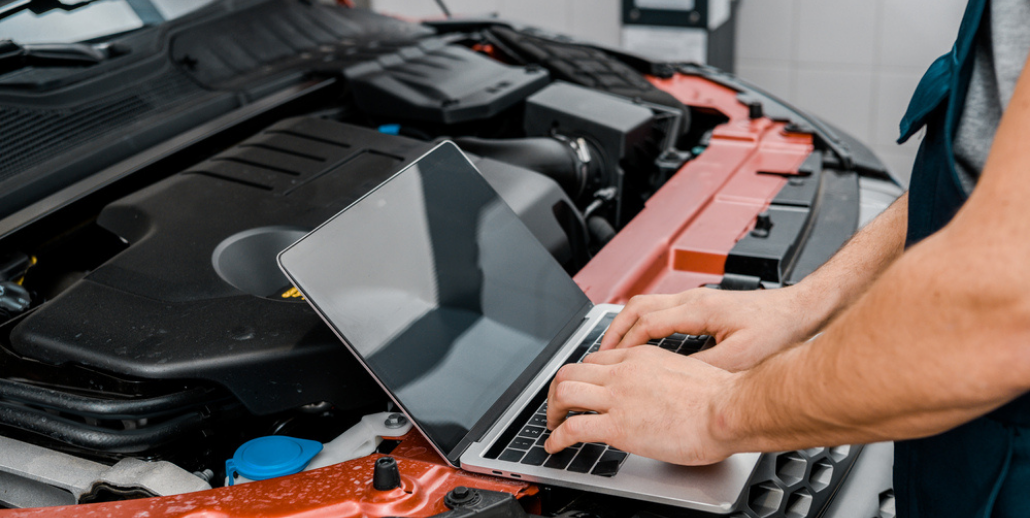Even with the most careful driving, you can experience curb rash. This accident can happen when maneuvering the car into a parking spot. When you hear that scraping sound, you probably already know it is the dreaded curb rash. Unfortunately, this type of vehicle damage is common, and it can happen to almost any driver.
While the scuffs and scrapes are minor, they can become an eyesore for owners. If you lease the car, you will want to get that curb rash fixed. Otherwise, you have to pay extra fees for damages at the end of the contract. Whether you have minor or major damage, you want to know the costs of a curb rash repair. Here are the basic expenses associated with this repair.
What Is Curb Rash?
Most auto body repair shops will use the term “curb rash” to describe any damage to the vehicle’s wheels and hubcaps. This type of damage is caused when the car rubs against the curb. In some situations, curb rash happens when the vehicle hits a big pothole or another type of obstruction in the road.
There are several types of curb rash damage. Some of the most common ones include:
- Bends
- Cracks
- Dents
- Gouges
- Scratches
- Scuffs
Fortunately, these types of damage can be easily fixed when you take the vehicle to a reputable auto body repair shop.
The Dangers of Curb Rash
While curb rash might seem like a minor problem, it can throw your car’s suspension out of alignment. When the vehicle is not aligned correctly, it can lead to uneven tire wear. Keep in mind that curb rash could have caused damage to the sidewalls of the tires, which can lead to a possible dangerous blowout.
Whenever you hit the curb with your wheel, there are no guarantees that the tire is not damaged. In many cases, the tire will take the full impact of the collision. If your rims are badly damaged, there is a good chance that the tire also suffered some damage.
Remember, the sidewall of the tire is the weakest part of the vehicle. After the accident, you will always want to look at the sidewall. If bubbles are developing, it could signify that the steel cords have separated, compromising the protective layer. Even an accident at 5 MPH can cause significant damage to the tire, affecting its performance and safety.
Curb rash might have left minimal visible damage, but it is always a good idea to take the vehicle to an experienced curb rash repair shop for a further inspection.
How Much Is Curb Rash Repair?
If you want to know the exact cost to fix curb rash, there is no single price. The final price will be determined by the material, type of damage, labor costs, and the area that needs to be repaired. However, you can estimate the average cost of curb rash repairs by looking at the wheel’s material.
An auto body shop can repair steel wheels for about $50. You might have to pay over $150 to replace the wheel if there is more extensive damage.
Any scuffs and scratches to a chrome wheel will cost around $200 to $500. If the entire wheel is cracked, it must be completely replaced.
Aluminum wheels with minor scuffs and scratches will cost you around $200 to $500. If the damage is more severe, expect to pay for a new replacement wheel.
Finally, plastic chad wheels are almost impossible to repair. In nearly all cases, you will need new rims, which are inexpensive to replace.
Repair or Replace the Wheel?
For many vehicle owners, you want to know whether you should repair or replace the wheel. In many situations, it does come down to costs. Most wheel repairs are relatively inexpensive, but you should always weigh your options.
First, you will want to get an estimate at a reliable and certified auto body repair shop. At these shops, a trained technician will inspect your vehicle, including the tires. Once you get an estimate, you can decide whether you want to pay out-of-pocket or go through your insurance company. If the cost is not high, paying out-of-pocket for a quick turnaround on those repairs may be better. Any expensive repairs should be submitted to your insurance company.
Repairing Curb Rash
Curb rash can cause extensive damage, such as cracking or bending the wheel rim. In those cases, you will have to replace it. When you bring in your vehicle, the technician will assess both the structural integrity and appearance of your car, including a complete examination of your wheel and axle. Once the inspection is completed, you can schedule the repairs. It should not take long to fix the damaged areas and get you back on the road.
Get Your Curb Rash Repaired Today!
Whether you have a major gouge or minor scuff, you will want to bring your vehicle in for an inspection by a reliable shop. At Elmer’s Auto Body, we have experience fixing all types of vehicle damage, including curb rash. After an accident, you will want to bring in your vehicle for a full inspection. Our team of qualified technicians has the expertise to repair your car and get it back to its pre-damaged condition. If you need to fix any type of damage to your vehicle, reach out to us. You can schedule an initial consultation by calling us at (856) 218-0202.

